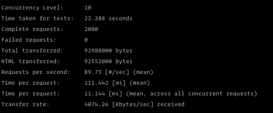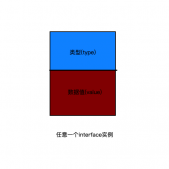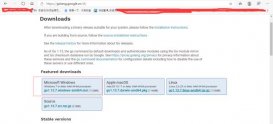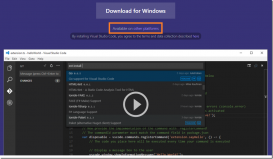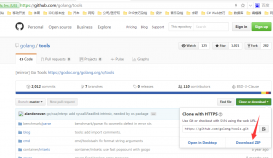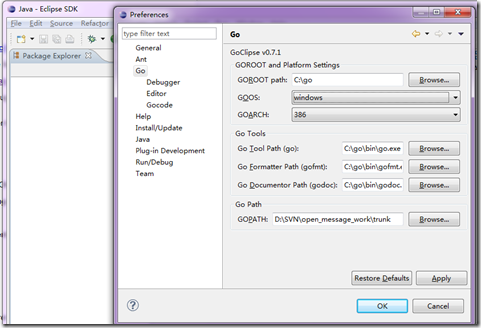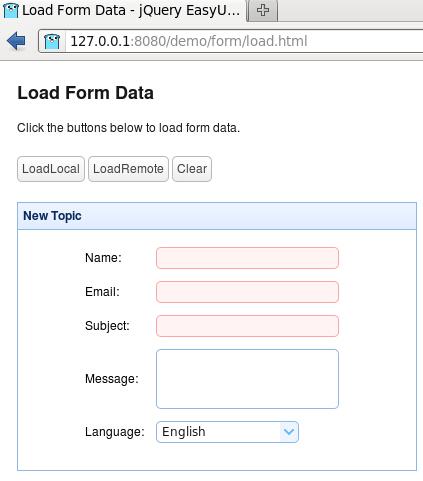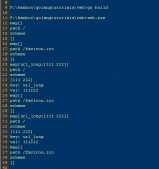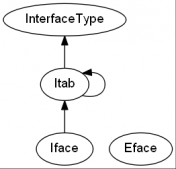本文实例讲述了Go语言正则表达式。分享给大家供大家参考,具体如下:
import "bytes"
import "fmt"
import "regexp"
func main() {
//这个测试一个字符串是否符合一个表达式。
match, _ := regexp.MatchString("p([a-z]+)ch", "peach")
fmt.Println(match)
//上面我们是直接使用字符串,但是对于一些其他的正则任务,你需要使用 Compile 一个优化的 Regexp 结构体。
r, _ := regexp.Compile("p([a-z]+)ch")
//这个结构体有很多方法。这里是类似我们前面看到的一个匹配测试。
fmt.Println(r.MatchString("peach"))
//这是查找匹配字符串的。
fmt.Println(r.FindString("peach punch"))
//这个也是查找第一次匹配的字符串的,但是返回的匹配开始和结束位置索引,而不是匹配的内容。
fmt.Println(r.FindStringIndex("peach punch"))
//Submatch 返回完全匹配和局部匹配的字符串。例如,这里会返回 p([a-z]+)ch 和 `([a-z]+) 的信息。
fmt.Println(r.FindStringSubmatch("peach punch"))
//类似的,这个会返回完全匹配和局部匹配的索引位置。
fmt.Println(r.FindStringSubmatchIndex("peach punch"))
//带 All 的这个函数返回所有的匹配项,而不仅仅是首次匹配项。例如查找匹配表达式的所有项。
fmt.Println(r.FindAllString("peach punch pinch", -1))
//All 同样可以对应到上面的所有函数。
fmt.Println(r.FindAllStringSubmatchIndex(
"peach punch pinch", -1))
//这个函数提供一个正整数来限制匹配次数。
fmt.Println(r.FindAllString("peach punch pinch", 2))
//上面的例子中,我们使用了字符串作为参数,并使用了如 MatchString 这样的方法。我们也可以提供 []byte参数并将 String 从函数命中去掉。
fmt.Println(r.Match([]byte("peach")))
//创建正则表示式常量时,可以使用 Compile 的变体MustCompile 。因为 Compile 返回两个值,不能用语常量。
r = regexp.MustCompile("p([a-z]+)ch")
fmt.Println(r)
//regexp 包也可以用来替换部分字符串为其他值。
fmt.Println(r.ReplaceAllString("a peach", "<fruit>"))
//Func 变量允许传递匹配内容到一个给定的函数中,
in := []byte("a peach")
out := r.ReplaceAllFunc(in, bytes.ToUpper)
fmt.Println(string(out))
}
返回结果:
|
1
2
3
4
5
6
7
8
9
10
11
12
13
|
truetruepeach[0 5][peach ea][0 5 1 3][peach punch pinch][[0 5 1 3] [6 11 7 9] [12 17 13 15]][peach punch]truep([a-z]+)cha <fruit>a PEACH |
希望本文所述对大家Go语言程序设计有所帮助。



